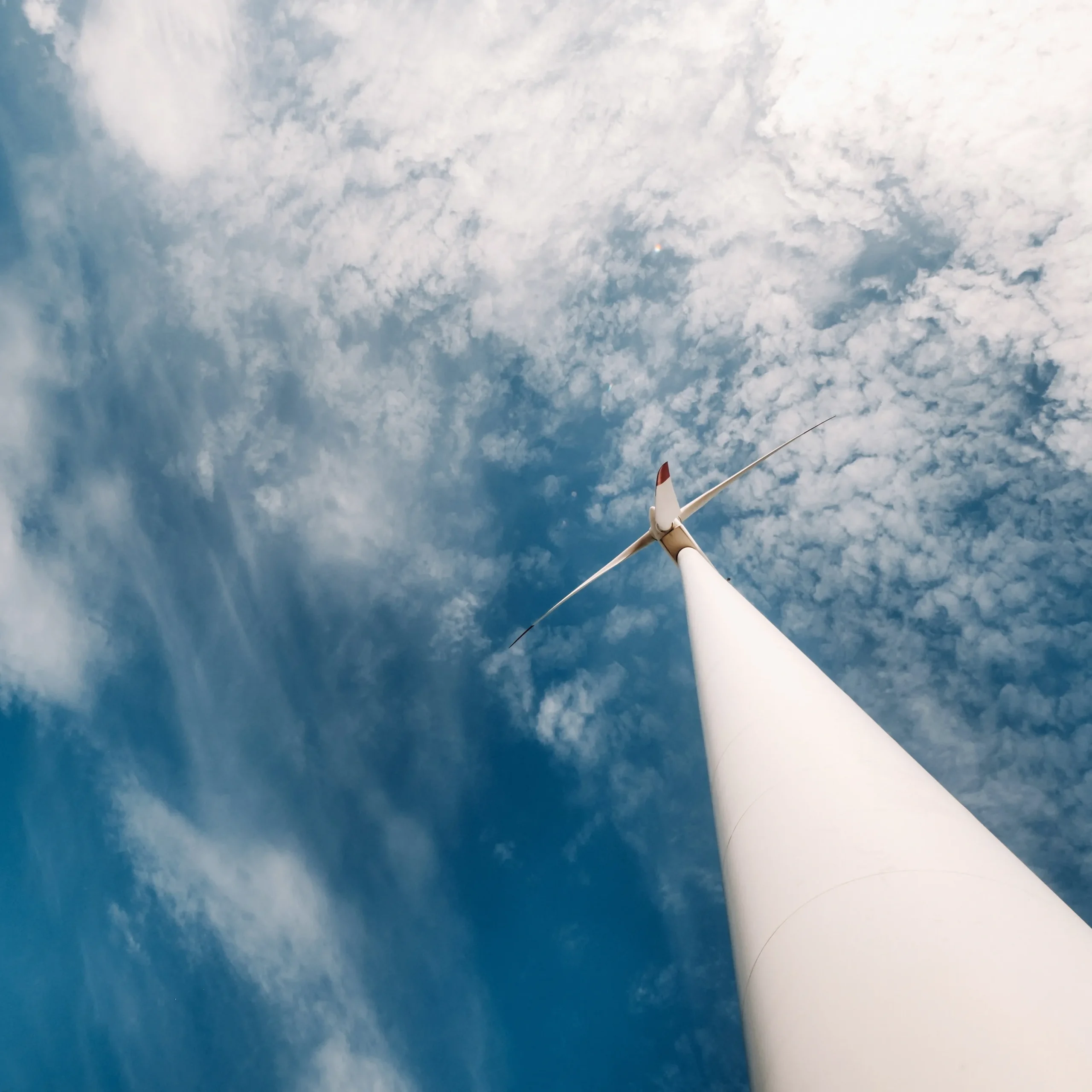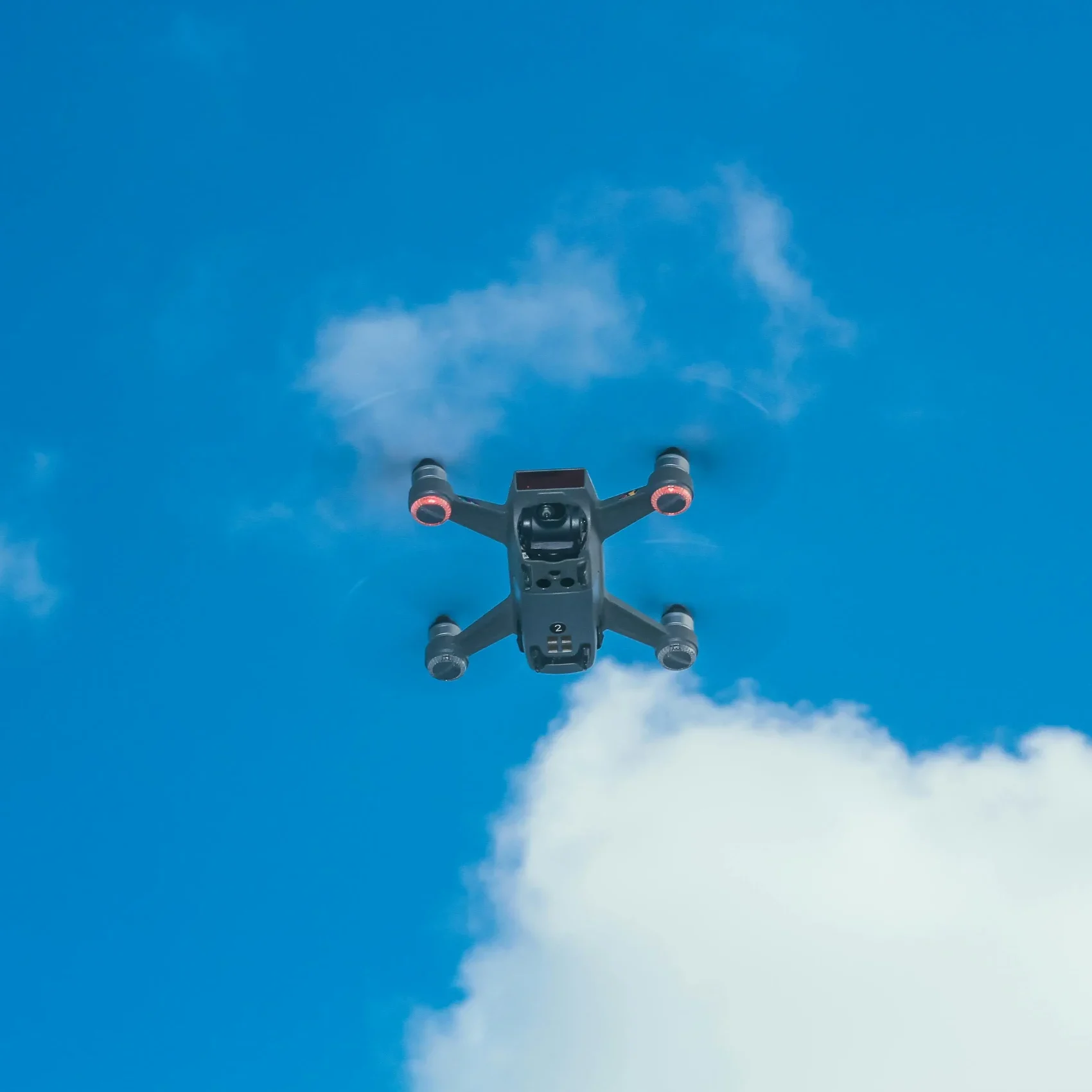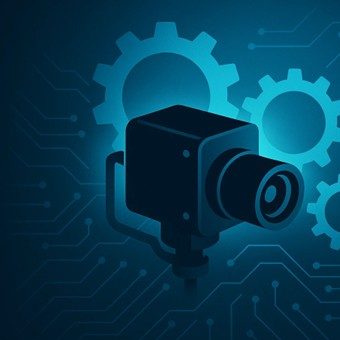National weather agencies, university researchers, and private climatology start-ups all need immediate, high-fidelity data to refine numerical weather-prediction models and to issue timely public alerts. Traditional sensor networks that send raw video to centralized servers introduce prohibitive latency and bandwidth costs. This is why edge AI imaging has become a cornerstone technology for 21st-century weather observation. By pairing sophisticated AI models with high-performance cameras right at the data source, engineers achieve real-time cloud analysis that is both scalable and cost-efficient.
The Case for Edge AI in Meteorology
Cloud formations are highly dynamic: cumulus towers can bubble upward in minutes, while frontal systems may develop subtle textural cues before releasing precipitation. To capture these fleeting signatures, sensors must run at high frame rates, deliver exceptional spatial resolution, and operate reliably in harsh outdoor conditions. Edge processing allows deep-learning classification, optical flow, and nowcasting algorithms to run locally, reducing the data sent to headquarters by orders of magnitude. The result is a resilient, low-latency network that supports everything from drone-based storm monitoring to long-term climate research.
At the heart of every edge node is an imaging device that turns photons into actionable insights. Selecting the right OEM cameras for meteorology is therefore critical. KAYA Vision’s Iron series—specifically the Iron 0505 and Iron 2011E—delivers the performance envelope required for next-generation atmospheric observation while maintaining a compact, rugged form factor suited for balloons, UAVs, and fixed towers.
Key Camera Requirements for Real-Time Cloud Analysis
- High spatial resolution: Distinguishing between altocumulus and stratocumulus layers demands pixel-dense imagery that captures minute textural differences.
- Fast frame rates: Convective plumes and wave clouds evolve rapidly; high fps footage enables temporal AI models to detect critical transitions.
- Global shutter: Moving platforms such as drones and aircraft require artifact-free capture to avoid motion smear.
- Wide dynamic range: Scenes can include bright sunlit tops and dark rain shafts in a single frame; cameras must handle high contrast without clipping.
- Ruggedized design: Outdoor deployments face temperature swings, vibration, and moisture; MIL-STD testing and optional IP67 protection are essential.
- Low latency interfaces: Standards like CoaXPress v2.0 ensure deterministic transfer when every millisecond counts.
Iron 0505: High-Resolution Mapping of Cloud Morphology
The Iron 0505 packs a 26-megapixel CMOS sensor (5120 × 5120) with 2.5 µm pixels, making it ideal for detailed cloud morphology studies. When paired with a suitably wide-angle lens, a single camera mounted on a stratospheric balloon can cover more than a 120-degree field of view with enough resolution to feed tiling models that classify cloud types down to sub-kilometer scales. The camera is offered in two performance versions:
- Normal-Speed (NS): 41 fps at 8-, 10-, or 12-bit output for energy-efficient, day-long flights.
- High-Speed (HS): 150 fps at 8-bit (145 fps at 10-bit) for intensive campaigns focused on thunderstorm genesis.
Because the Iron 0505 supports global-shutter readout and output depths up to 12 bits, it faithfully reproduces subtle albedo variations that AI networks use to estimate cloud optical thickness. Its rugged operating range from −40 °C to 80 °C assures year-round reliability, while optional IP67 sealing protects the lens barrel from condensation at high altitudes.
Iron 2011E: Tracking Rapid Convective Dynamics
While high resolution is crucial, some meteorological events benefit more from extreme temporal sampling. The monochrome Iron 2011E delivers an astonishing 513 fps at 8-bit output (and up to 405 fps at 10-bit), allowing scientists to dissect micro-bursts, updraft cores, and cloud-edge turbulence in unprecedented detail. Its 2.4-megapixel (2048 × 1152) Gpixel GSENSE2011e sensor provides a generous 6.5 µm pixel pitch that maximizes photon throughput during twilight or low-light conditions.
Edge systems equipped with Iron 2011E cameras can run optical-flow-based wind-field estimation locally, generating vector maps of cloud motion that feed directly into nowcasting models. The real-time cloud analysis pipeline might follow these steps:
- Capture 500 fps global-shutter video of a cumulus tower.
- Run a lightweight convolutional neural network on an NVIDIA Jetson module co-located with the camera to compute motion vectors.
- Fuse motion vectors with barometric and temperature data to forecast potential downdraft strength within seconds.
- Transmit only the processed alert and a few keyframes to the central server, conserving bandwidth for wide-area networks.
Deployment Scenarios
1. Fixed Roof-Top Stations
Urban meteorology networks deploy Iron 0505 units on high-rise rooftops, feeding municipal weather dashboards that warn cyclists and commuters of sudden downpours. Edge AI algorithms segment morphological cloud classes—nimbostratus, cumulonimbus, and cirrus—in real time, giving forecasters an immediate visual overview.
2. UAV Swarms
Small quadcopters equipped with the lightweight Iron 2011E maneuver around storm cells, collecting high-speed image sequences. On-board processing outputs 3-D wind velocities, which are then assimilated into mesoscale models. The camera’s low-power draw (<4 W at 24 V) extends flight duration, while global-shutter readout eliminates rolling-shutter distortions caused by drone vibrations.
3. Stratospheric Balloons
Long-duration flights at 30 km altitude use Iron 0505 cameras pointed both upward to capture cirrus formation and downward to monitor planetary boundary-layer clouds. Edge AI units compress and classify imagery before sending via satellite, ensuring the mission stays within the tight data budget allowed by Iridium or Swarm links.
Data Quality and Calibration Workflow
Accurate edge AI imaging hinges on rigorous calibration:
- Radiometric Calibration: Use integrating spheres to map pixel-response curves across the dynamic range, ensuring quantitative reflectance measurements.
- Geometric Calibration: For aerial platforms, employ a checkerboard pattern or star field to generate lens-distortion models that AI algorithms can correct on the fly.
- Temporal Synchronization: Iron cameras feature GPIO triggers and strobe outputs, allowing tight alignment with LIDAR, radar, or in-situ sensors such as hygrometers.
Optimizing Neural Networks for the Edge
Running AI locally means balancing accuracy and speed. Engineers can adopt the following strategies:
- Model Quantization: Convert 32-bit floating-point models to 8-bit integers, taking advantage of the cameras’ ability to output native 8- or 10-bit (and, for Iron 0505, 12-bit) data.
- Adaptive ROI Processing: The Iron series supports hardware ROI cropping; AI software can focus only on active cloud regions, reducing inference load by as much as 70 percent.
- Pipelined Execution: Overlap image acquisition with inference; while the camera streams the next frame, the GPU processes the current one, achieving sub-frame latency.
Future Outlook
As climate change accelerates, the demand for fine-grained atmospheric monitoring will only intensify. The synergy of OEM cameras for meteorology and edge AI promises a resilient, decentralized observation network capable of spotting micro-scale events such as dry microbursts or supercell initiation long before conventional radar detects them. KAYA Vision continues to evolve the Iron platform for industry needs. Whether you are building a national weather grid or a university research payload, the Iron 0505 and Iron 2011E provide the imaging performance, ruggedness, and AI compatibility needed to push meteorology into a truly real-time era.



